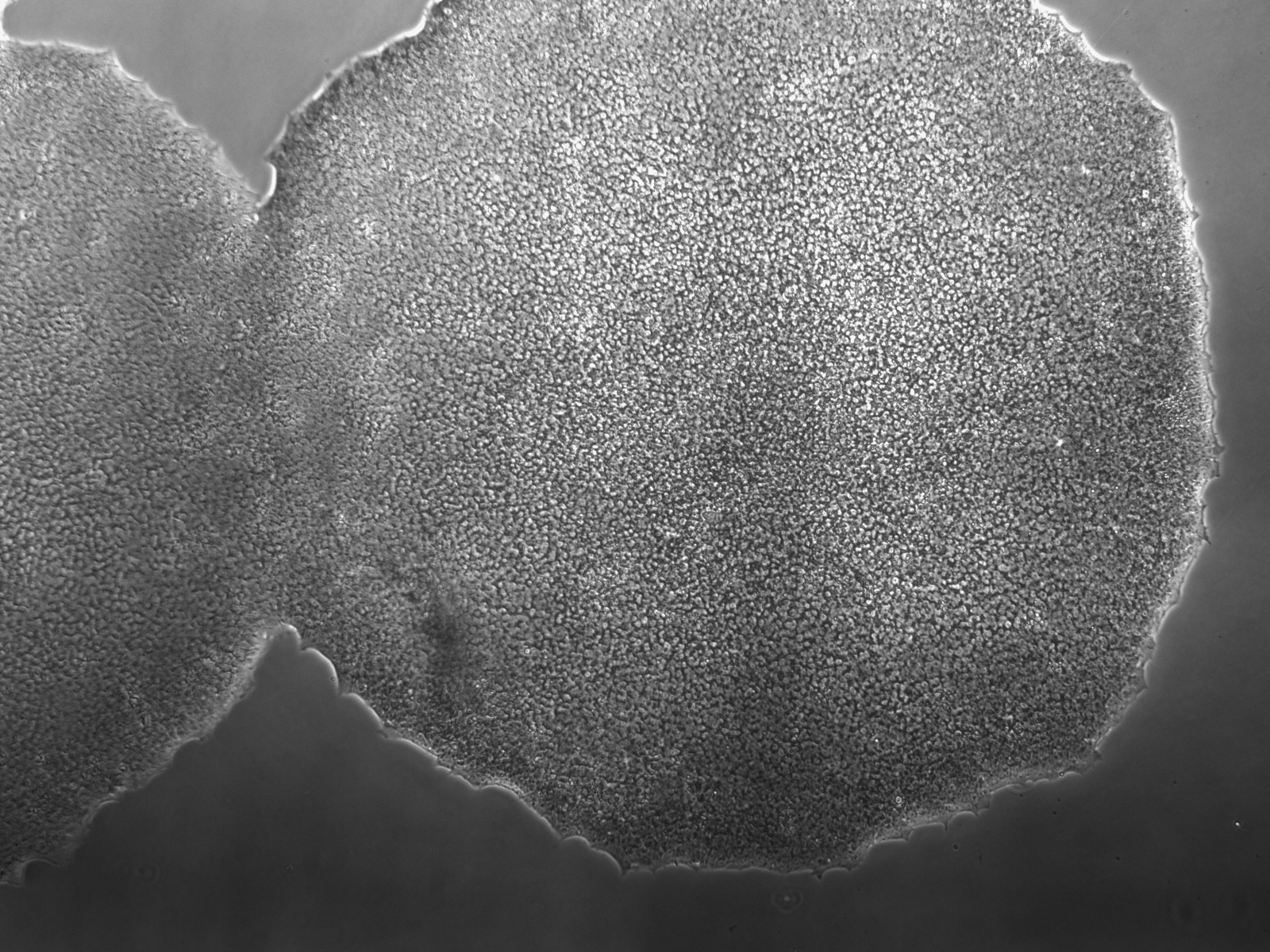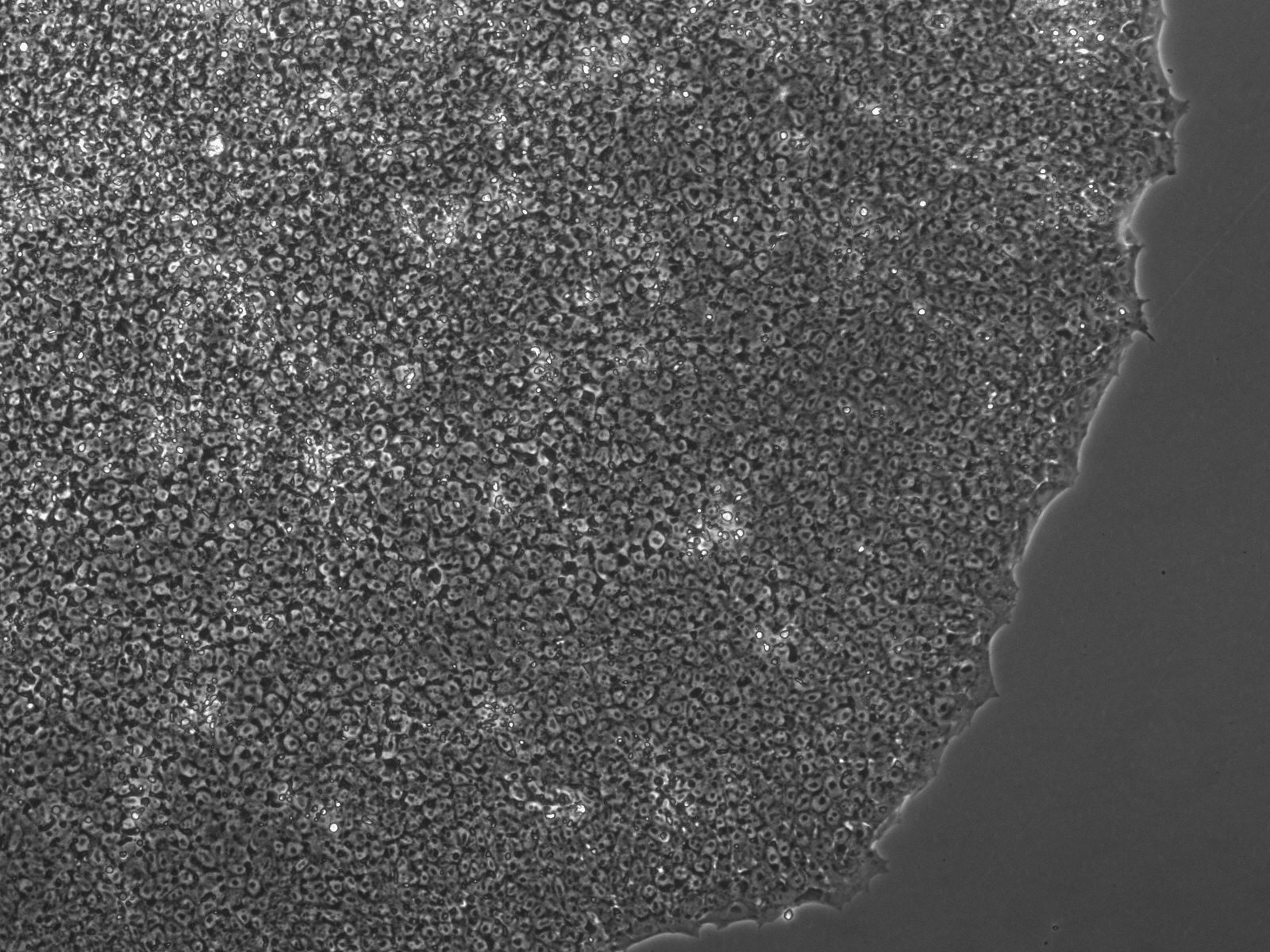LUMC0004iCTRL10
LUMCi029-B
General
Donor Information
General Donor Information |
|
| Sex | male |
| Ethnicity | unknown |
Phenotype and Disease related information (Donor) |
|
| Diseases | No disease was diagnosed.
|
| Family history | N/A |
| Is the medical history available upon request? | No |
| Is clinical information available? | No |
Karyotyping (Donor) |
|
| Has the donor karyotype been analysed? |
No
|
Other Genotyping (Donor) |
|
| Is there genome-wide genotyping or functional data available? |
No
|
Donor Relations |
|
| Other cell lines of this donor | |
External Databases (Donor) |
|
| BioSamples | SAMEA6673739 |
Ethics
| Has informed consent been obtained from the donor of the embryo/tissue from which the pluripotent stem cells have been derived? | No |
| Was the consent voluntarily given? | No |
| Has the donor been informed that participation will not directly influence their personal treatment? | No |
| Can you provide us with a copy of the Donor Information Sheet provided to the donor? | No |
| Do you (Depositor/Provider) hold the original Donor Consent Form? | No |
| If you do not hold the Donor Consent Form, do you know who does? | No |
| Alternatives to consent are available? | Yes |
| Alternatives to consent | Regulations LUMC regarding the use of surgical waste material for research (in Dutch) |
| Alternative consent approval number | |
| Is there other documentation provided to the donor for consenting purposes? | No |
| Confirm that consent was obtained by a qualified professional | No |
| Has the donor agreed to be re-contacted? | Unknown |
| Has the donor been informed about how her/his data will be protected? | No |
| Please indicate whether the data associated with the donated material has been pseudonymised or anonymised. | anonymised |
| Does consent explicitly allow the derivation of pluripotent stem cells? | No |
| Does consent prevent CELLS DERIVED FROM THE DONATED BIOSAMPLE from being made available to researchers anywhere in the world? | No |
| How may genetic information associated with the cell line be accessed? | No information |
| Will the donor expect to receive financial benefit, beyond reasonable expenses, in return for donating the biosample? | No |
| Has a favourable opinion been obtained from a research ethics committee, or other ethics review panel, in relation to the Research Protocol including the consent provisions? | No |
| Has a favourable opinion been obtained from a research ethics committee, or other ethics review panel, in relation to the PROPOSED PROJECT, involving use of donated embryo/tissue or derived cells? | Yes |
| Name of accrediting authority involved? | Leiden University Medical Center Ethical Commitee |
| Approval number | Paraplu 13080 |
| Do you have obligations to third parties in regard to the use of the cell line? | No |
| Are you aware of any further constraints on the use of the donated embryo/tissue or derived cells? | Yes |
| Further constraints on use | For commercial use a license for the reprogramming vectors is required. |
| Is there an MTA available for the cell line? | Yes |
| For generation of the cell line, who was the supplier of any recombined DNA vectors or commercial kits used? | Christopher Baum Hannover Medical School, Germany |
| Are you aware of any constraints on the use or distribution of the cell line from the owner or any parties identified in the query above? | Yes |
| Constraints for use or distribution | For commercial use a license for the reprogramming vectors is required. |
hIPSC Derivation
General |
|
| Source cell type | |
| Source cell origin |
An organ that constitutes the external surface of the body. It consists of the epidermis, dermis, and skin appendages.
Synonyms
|
Reprogramming method |
|
| Vector type | Integrating |
| Vector | Virus (Lentivirus) |
| Genes | |
| Is the used vector excisable? |
Yes |
| Absence of reprogramming vector(s)? |
No |
| Reprogramming vectors silenced? |
Unknown |
| Notes on reprogramming vector silencing | In addition to OSKM lentivirus carries a tomato signal which can be used to check transgene silencing if necessary. |
| Vector map | |
Vector free reprogramming |
|
| Type of used vector free reprogramming factor(s) |
None
|
Other |
|
| Selection criteria for clones | Morphology |
| Derived under xeno-free conditions |
No |
| Derived under GMP? |
No |
| Available as clinical grade? |
No |
Culture Conditions
| Surface coating | Vitronectin |
| Feeder cells |
No |
| Passage method |
Enzyme-free cell dissociation
Gentle Cell Dissociation Reagent
|
| CO2 Concentration | 5 % |
| Medium |
mTeSR™ 1
|
Characterisation
Analysis of Undifferentiated Cells
| Marker | Expressed | Immunostaining | RT-PCR | Flow Cytometry | Enzymatic Assay | Expression Profiles |
| TRA 1-81 |
Yes |
|||||
| POU5F1 (OCT-4) |
Yes |
|||||
| NANOG |
Yes |
|||||
| SOX2 |
Yes |
|||||
| SSEA-3 |
Yes |
|||||
| SSEA-4 |
Yes |
| Pluripotency Score | Novelty Score | |
| 22.49 | 1.19 |
Differentiation Potency
In vitro spontaneous differentiation
| Marker | Expressed |
| alpha fetoprotein (AFP) |
Yes |
Protocol or reference
LUMC0004iCTRL10 spondiff.pdf
Spontaneous Diff of LUMC0004iCTRL10 p11
In vitro spontaneous differentiation
| Marker | Expressed |
| PECAM1(CD31) |
Yes |
Protocol or reference
LUMC0004iCTRL10 spondiff.pdf
Spontaneous Diff of LUMC0004iCTRL10 p11
In vitro spontaneous differentiation
| Marker | Expressed |
| beta-III tubulin |
Unknown |
Protocol or reference
LUMC0004iCTRL10 spondiff.pdf
Spontaneous Diff of LUMC0004iCTRL10 p11
Microbiology / Virus Screening |
|
| Mycoplasma | Negative |
Genotyping
Karyotyping (Cell Line) |
|
| Has the cell line karyotype been analysed? |
Yes
|
Other Genotyping (Cell Line) |
|




Login to share your feedback, experiences or results with the research community.